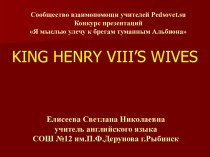by modulation of electromagnetic waves with frequencies below those
of visible light. Electromagnetic radiation travels by means of oscillating electromagneticfields that pass through the air
and the vacuum of space.
Information is carried by systematically
changing (modulating) some property
of the radiated waves, such
as amplitude, frequency, phase,
or pulse width. When radio
waves pass an electrical conductor, the
oscillating fields induce an alternating current
in the conductor. This can be detected and transformed into sound or other signals that carry information.



































